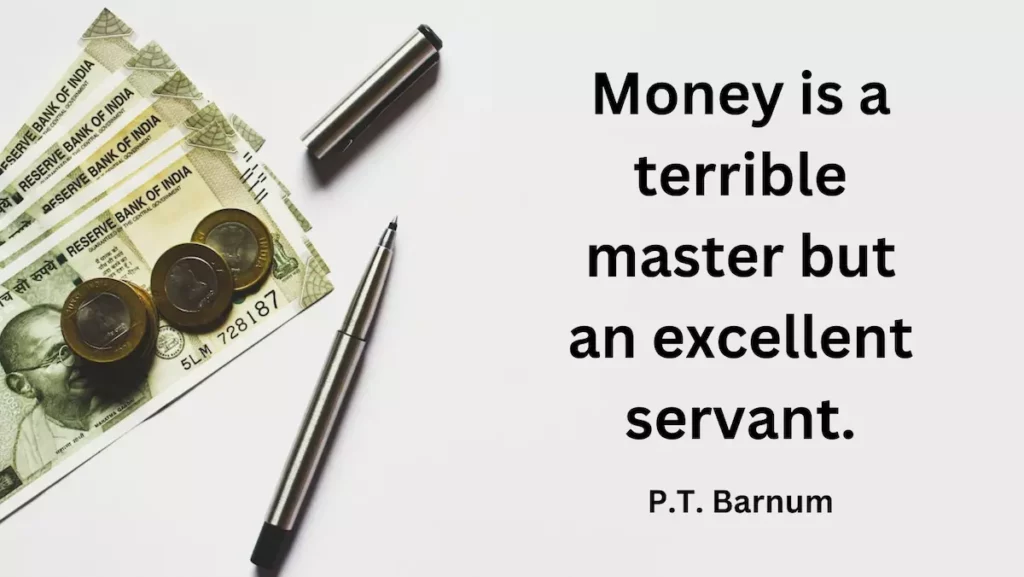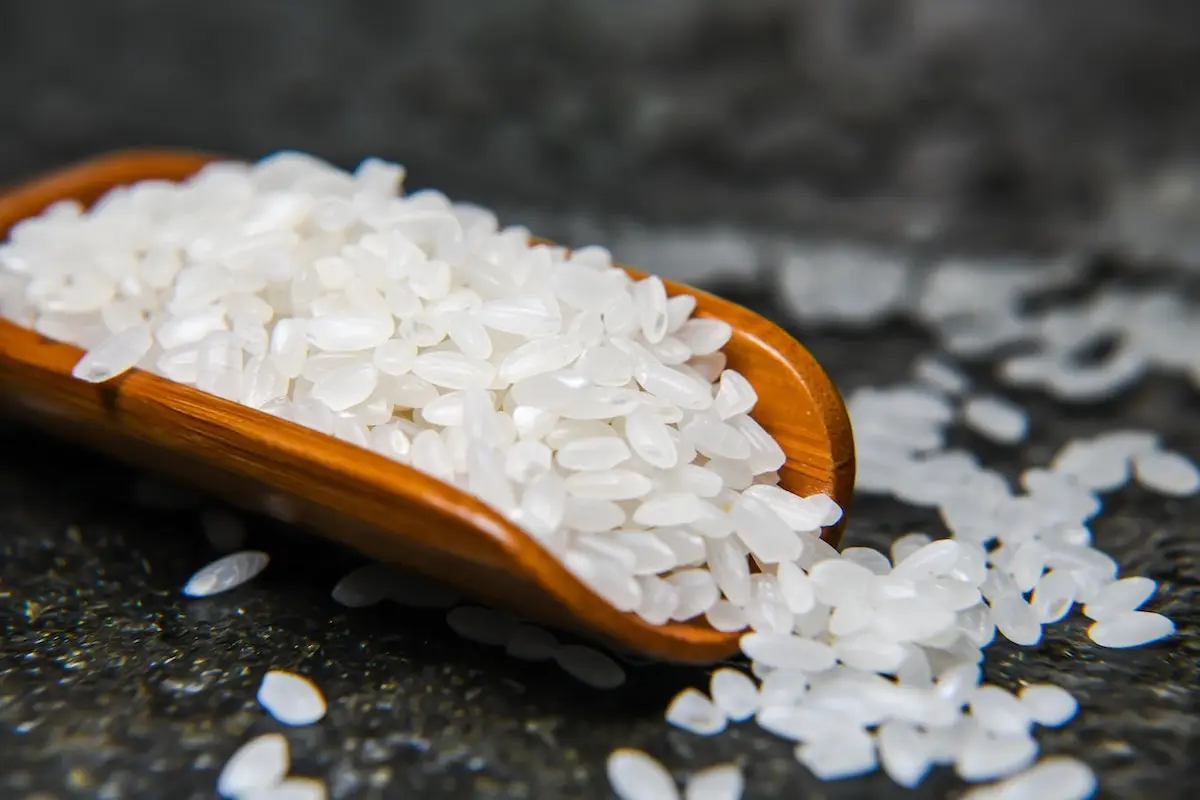Let’s start with a story.
In ancient times, there once lived a rich merchant who fathered four sons. As he aged, he wondered what would happen to his wealth after he died. Would his sons take good care of his estate or would they squander it all away?
He decided to test his sons. One day, he invited all four sons to a lavish dinner fit for a king. After dinner, he brought out a bowl of uncooked rice and gave each son five grains.
The merchant then said to his sons, “Look after these grains of rice for me. In five years, I shall ask that you return these grains to me.”
His four sons each accepted the five grains of rice and promised to take good care of them.
The eldest son thought: Silly old man. What’s so special about these grains of rice? We have stores full of rice. When the time comes, I’ll get hold of five grains from our store and give them to him. He would be none the wiser. Without a second thought, the eldest son threw the five grains away.
The second son thought the same as his elder brother: These look like normal rice grains to me. Why keep them when I can eat them? Five years from today, I’ll obtain five grains of rice from our store and give them to father. Simple. And so the second son cooked the rice grains and ate them.
The third son thought: Hmm… there must be some reason why father gave us these grains of rice. I don’t know what’s so special about them, but I better take good care of these grains so that I can return them to father in five years’ time. And so the third son handled the five grains of rice delicately and put them in a beautiful silver box. He then kept the silver box in a safe and secure place only known to him.
The forth and youngest son knew exactly what to do with the five rice grains. When he got home, he immediately planted the grains of rice on a tiny plot of land next to his house. The grains started to grow and after several months of tender care, his first crop of rice was ready for harvesting. He then resowed the grains from his first crop, this time on a larger plot of land.
Once again, after several months, his second crop of rice grew and got harvested. He resowed and harvested again, repeating the process for the next five years. In time to come, he ended up with a sizeable field full of cultivated rice crops.

Time passed, and on the first day of the fifth year since distributing the rice grains, the merchant invited his four sons for dinner. As expected, at the end of the dinner, he asked for his rice grains back.
The eldest son took out five grains of rice and gave them to his father, smiling smugly to himself. The second son did exactly the same. Unbeknown to the merchant, just before dinner, both sons had discreetly gone to the store and pocketed five grains of rice each.
The third son presented the merchant with the silver box which held the five grains of rice in pristine condition. He opened the box and said, “For the last five years, I’ve taken good care of the rice grains and preserved them in this silver box. Here they are.”
Finally, the merchant turned to his forth son and asked, “What about you? Where are the grains I gave you?”
The forth son responded, “I planted and resowed the five grains of rice you gave. Now, after a good five years of harvesting, we have a whole store full of rice. I didn’t think it made sense to transport all that rice over, so here I am, standing before you without the original five grains you have given.”
The merchant was overjoyed when he heard this. And so, without an ounce of doubt, he bestowed the stewardship of his entire estate to his youngest son.
The Moral of the Story
The tale of the rich man and his four sons has been sourced and adapted from Jainism (an ancient Indian religion) teachings. There are various versions (the three sons version, the four daughters-in-law version, etc.) of this story floating around on the Internet.
Regardless of which version you have read, the essence and moral of the story remains intact, i.e. we should make use of the opportunities presented to us in life and not waste them. We should be productive, cultivate our talents, do good and lead a meaningful life.

What the Four Sons Tell Us About Money Mindsets
I’m definitely not a religious expert and do not intend to go down that track. For me, this tale (outside of the religious context) also contains a lot of wisdom when it comes to the psychology of money or how one behaves with money.
Much is revealed based on what each of the four sons did with their rice grains. Here is my take on this ancient tale and the money lessons we can all learn from it. It goes something like this:
- The eldest son is the spendthrift
- The second son is the consumer
- The third son is the miser
- The youngest son is the investor
1️⃣ The Eldest Son is the Spendthrift
The eldest son (the spendthrift), the one who threw away the rice grains is probably the worst of the lot. To many, his wasteful ways are atrocious. He represents the spoilt and entitled brat in the family who takes money for granted.
Broadly speaking, the eldest son epitomises someone who probably came into money effortlessly by whatever means (e.g. inheritance, winning the lottery, etc.). He doesn’t know the value of money and is likely to spend it frivolously or even gamble it away.
Worst still, if things spiral out of control, there’s a high chance he will become debt-ridden. Easy come, easy go.
2️⃣ The Second Son is the Consumer
The second son (the consumer), the one who cooked and ate the rice grains, though ended up no different from the eldest son, is at least not as wasteful as his big brother. He may not gamble or throw it away, but he’ll consume it for his own survival or pleasure. Let tomorrow take care of itself.
The main thought the second son represents is: money is meant to be spent. Consume now, worry later. Whether it’s due to circumstances or choice (e.g. low salary or lifestyle inflation), however much money one earns, it’s usually all spent within a short period of time. Although he doesn’t overspend, nothing is saved.
3️⃣ The Third Son is the Miser
The third son (the miser) is on the other end of the spectrum from the eldest son. He wastes nothing and would rather save than consume anything.
In other words, the third son represents the compulsive saver who treats money itself like a precious gem — an object to be saved and preserved till the end of life. In doing so, the miser squirrels away as much money as he can, spending only the bare minimum in order to survive.
4️⃣ The Youngest Son is the Investor
Finally, we have the youngest son (the investor) who is in an entirely different league from all his other siblings. To him, he didn’t just see five rice grains, but envisioned a whole store filled with rice grains!
The youngest son represents the prudent investor who knows exactly how to harness the compound effect to grow his wealth. He doesn’t let how much money he earns or saves affect his behaviour or lifestyle choices. Money is his servant and it is merely a means to an end.

My Key Takeaway — Learn to Invest Today
If the spendthrift and the miser are at the two extreme ends of the money mindset spectrum, then the consumer would be somewhere in between the two. Where then does the investor lie on the spectrum?
Nowhere!
The investor does NOT lie on the same spectrum as the spendthrift, the consumer and the miser. He has a completely different mindset from the rest.
From my own observations, I would say that the majority of people within my social circle (including family) lie somewhere between the consumer and the miser. They spend most of what they earn and save whatever they can with little to no investments.
Check out: 7 Levels of Wealth: A Different Way to Think About Money
In our case, although Mrs Wow and I were careful with our money, we had zero investments throughout our twenties and early thirties. (Read our story to find out more about how we turned our financial lives around.)
It wasn’t until we discovered the FIRE movement, that we started to think and act like bona fide investors. We changed our money ways, cut our expenses, increased our savings rate and started our investment journey.
To say the least, it was nothing short of a complete paradigm shift, which led us to achieving financial independence in 7 years.
For me, the moral of the story is: to achieve financial success in life, you need to adopt the mindset of an investor (like the youngest son). Don’t let money control your behaviour, like it did the other sons.
You don’t have to be either a compulsive consumer or saver. Instead, become a master of money. Learn to invest today!
You may also like: 5 Things to Know if You Want to be Financially Successful | What Are Your Money Values and Why You Need to Know Them | Admit It: Money CAN Buy Happiness | Don’t Be A Rich Jerk: 5 Ways Money Makes Us Arrogant | There’s Nothing Wrong with Pursuing Wealth

